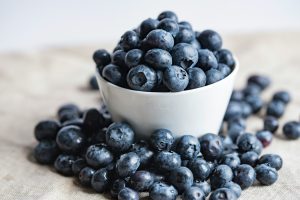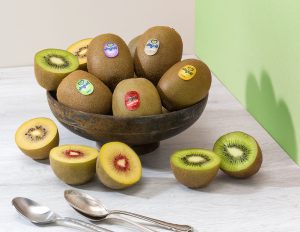Consumption does not reach one kilo per inhabitant/year. Specifically, it is 0.70 kilos, and there is still an important part of the population who have yet to discover this fruit. The Spanish Persimmon Association intends to correct this deficiency. Fruit Today Magazine interviewed its Manager, Pascual Prats.
Could the new communication campaign started up by the association act as an incentive to improve consumption?
Well, that is the Association’s intention. It is a comprehensive, simple campaign in order to not confuse consumers and its slogan is: “Se llama kaki” (It is called persimmon). This is the first year of the new European project in which we are immersed.
How do you see the start of the season?
We have a maximum potential of 340 million kilos, although the reductions due to weather conditions or the overwhelming problems of mealybugs must be subtracted from this figure. This means that, in the end, it will be a different amount.
With respect to the calibre, it will be slightly smaller than that of the previous campaign. And the start of the harvest is taking place according to the prescribed forecasts.
Compared to the great expansion that was predicted years ago, the crop has suffered from a decline. Where are we now?
Yes, indeed, we have dropped from 18,000 hectares to 16,000. Over the past six years, the surface area has been reduced by 20%. Accordingly, we have more room to manoeuvre commercially with the produce available.
Could the calibre be a handicap for exports?
It could be, but this depends on the different markets, because not all of them demand large calibres. The problem could arise in the prices; in fact, the price of the first one kilo baskets is lower than last year, although we hope it will climb back up.
What new countries stand out in the commercial arena?
There is considerable interest for our produce in countries such as Saudi Arabia, Jordan, and Dubai. Accordingly we are lucky because they are not markets that demand large calibres, but the disadvantage lies in logistics problems. The world geopolitical situation is unstable and travelling problems in the Red Sea continue.
What is the greatest challenge faced by persimmon production?
In addition to the heartaches that the weather could give us, against which we can do nothing, the greatest challenge is the control of pests and diseases such as mealybugs, where we must use biological pest control, which is not completely effective. We need effective active materials, and this is our eternal fight with the Administration.























